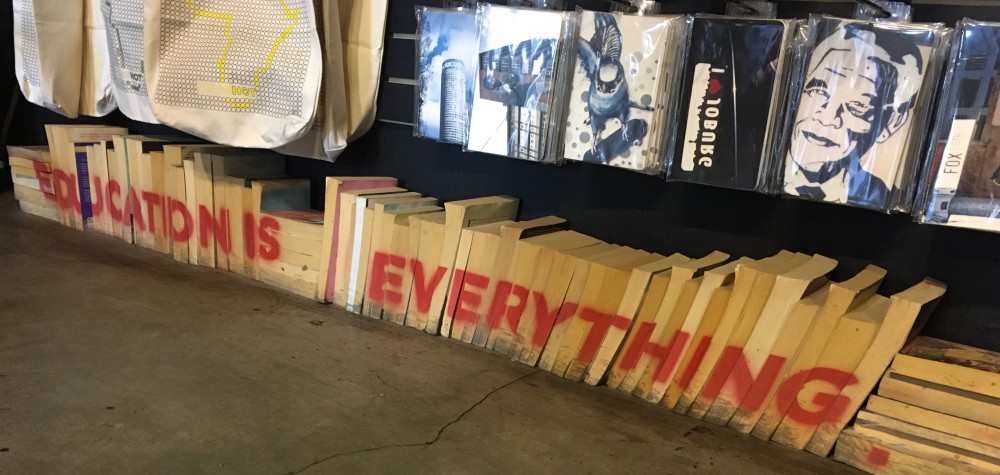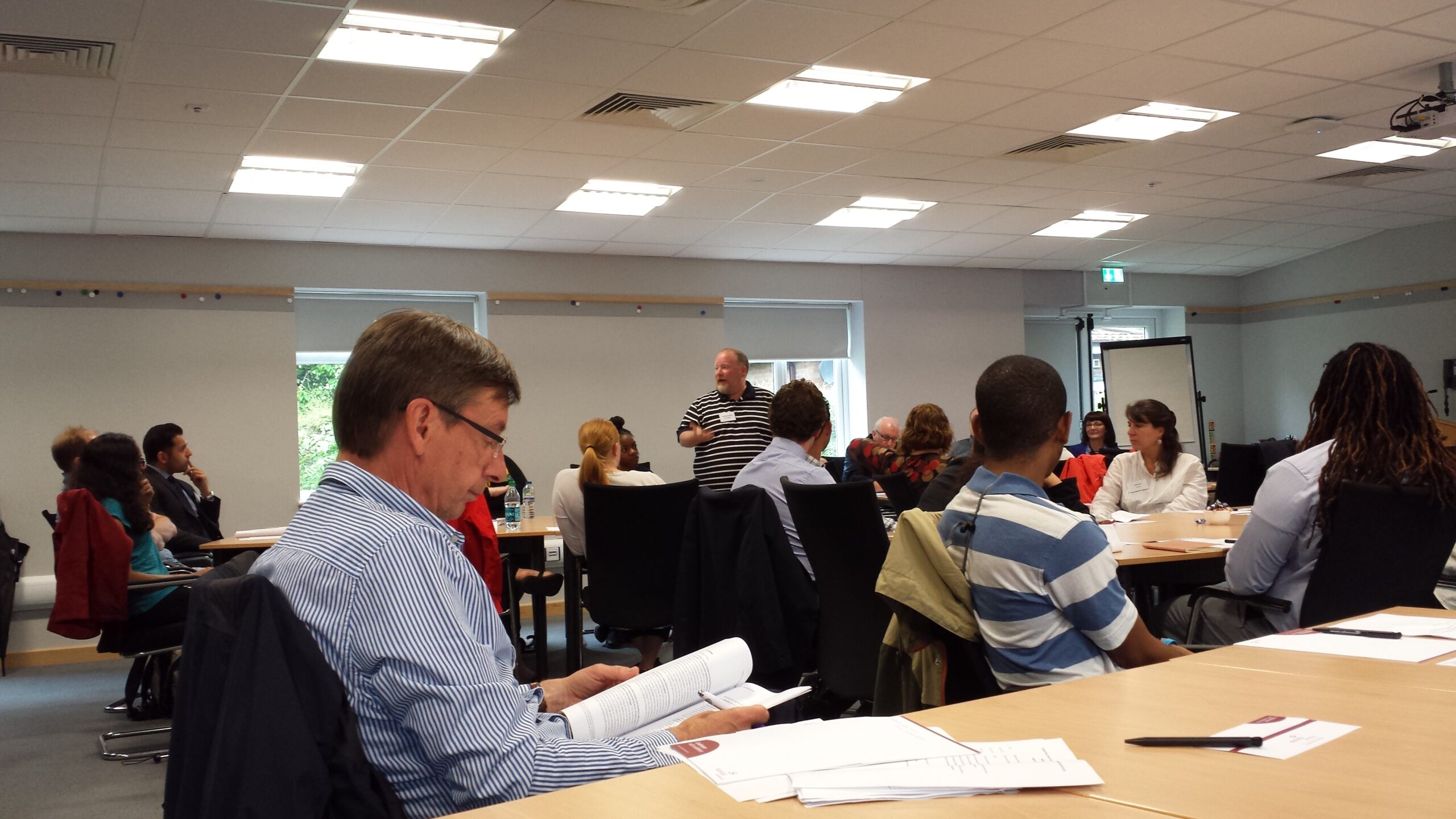After a weekend of cultural exploration, and having become fairly adept travelers at this point, we hop the train to the University of Warwick.
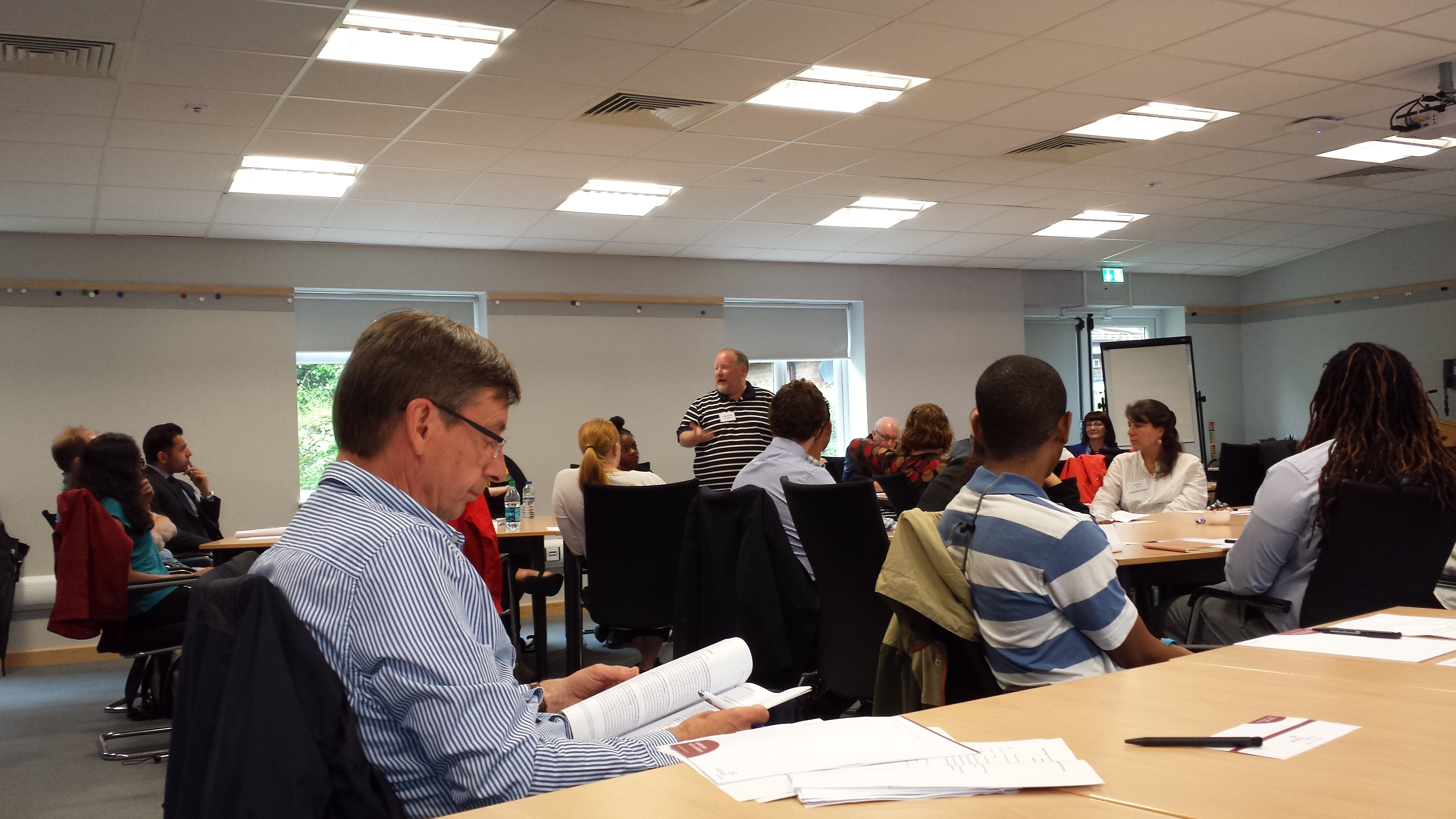
We are greeted there by Dr. Christina Hughes, director of the Observatory on Social Mobility. We spend the day in conversation with Dr. Hughes and her colleagues, understanding the work of the Observatory, the equity initiatives of the university, as well as research being undertaken around campus on issues of higher education. From the Centre for Education Studies, director Ian Abbott describes his work on pupil premium—funding given to grade schools based upon the number of students eligible for free school meals. We also hear from Department of Economics faculty Claire Crawford about the socio economic differences in higher education admission and performance, and Robin Naylor on the differences in graduates’ labor market outcomes. Our time at Warwick concludes with a tour of campus, which also happens to coincide with graduation week.
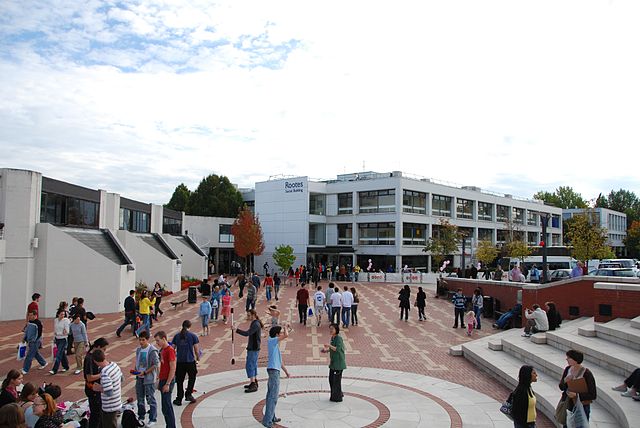
Warwick is a young campus, relatively speaking, and is an example of a “plate glass” campus. This group of campuses came on the scene in the 1950s and 60s – very recently, in British terms. By comparison, universities such as Cambridge and Oxford are known as “ancient” colleges, founded by the royal charter of medieval kings and queens. And, universities such as the University of Bristol or University of Manchester are examples of a “red brick” college, founded in the late 19th and early 20th centuries. Across these three types of institutions are universities which form something known as the Russell Group—a self-selected association of 24 public research universities. A majority of all doctorates in the UK are awarded by Russell Group member institutions. A clearer picture of the UK higher education system is taking shape for us after our visits with multiple stakeholders.
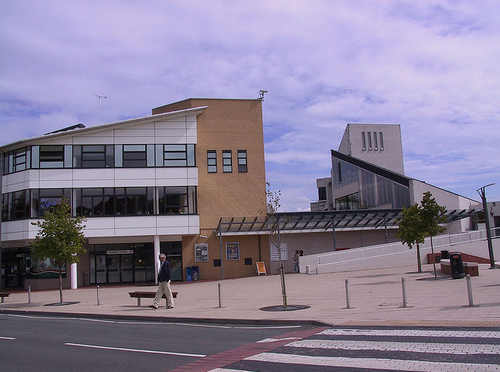
University of Warwick- International Perspectives on Access and Widening Participation
As our time in England was waning, the discussion in Warwick was particularly robust as we were more familiar with UK specific terms (i.e. Pupil Premium), the political atmosphere, and the educational system in the UK as a whole. It was at this point in the trip that I felt the group was making more connections between the two higher education systems, as well as pinpointing the differences.
The presenters from Warwick uncovered a variety of fascinating points during their presentations. We found that the undergraduate admissions process in the UK is similar to the graduate admissions process at many US institutions- faculty made the decision about each student that was granted admission. However, Warwick is one of the few institutions that has switched to a more professionalized model- a process that US undergraduate applicants may be more familiar with. Additionally, Warwick spoke on the new 2+2 model, which is comparable in many ways to the Associate’s to Bachelor’s transfer models we have in the US. Finally, many of the constituents at Warwick commented on the “League Tables” which is similar to the US News & World Report rankings- and lamented on how newspapers can dictate so much in higher education through their ranking systems.
Some of the primary differences that were presented were often on who goes to higher education and what diversity means. The UK’s main concern is closing the gap between students of high vs. low socioeconomic status attending higher education institutions, unlike the US which has the added intersectionality of socioeconomics and race to contend with. Additionally, some research had shown that the US is particularly stratified in educational and career achievements, showing that families with lower incomes find it especially difficult to leave poverty.
The day we went to Warwick, I wasn’t sure what to expect. I found the experience to be enlightening and a nice capstone to the last few days of our trip. I felt that all of the information that I had gathered from the other visits was finally coming together and that I had a better understanding of the higher education landscape in the UK. Speaking with the various constituents from Warwick was a highlight- they were able to bring in participants from various areas on campus, and I enjoyed hearing the different perspectives on widening participation in higher education.
Although it was a rainy day in Warwick, it was nice to be exposed to a newer university that is different from the ancients (i.e. Oxford and Cambridge) in model, facilities, and focus. Warwick’s beautiful greenery abounds and had plenty of charm! A short train ride later and we were back in London for our second to last night of our trip. Thankfully, no more tube strikes are in our future!
–Laura Erikson, master’s student
